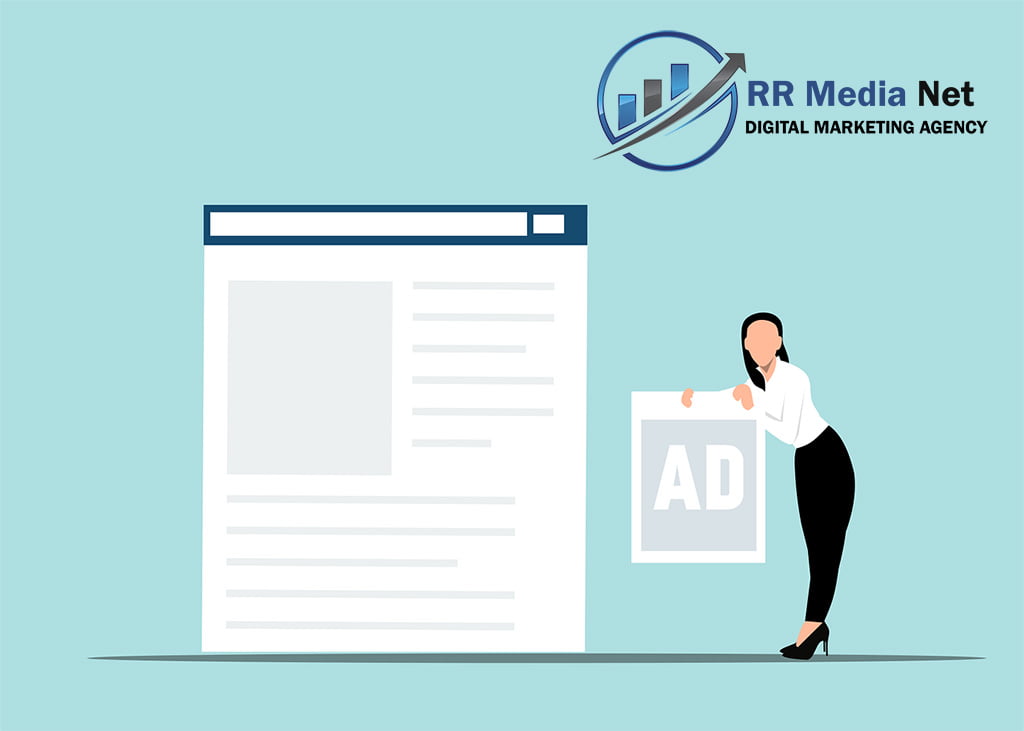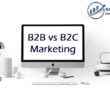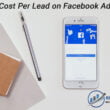In today’s digital age, online advertising has become a pivotal component of any successful marketing strategy. However, when it comes to promoting your business or product online, you face a fundamental decision: should you opt for free online advertising or invest in paid options? This article will guide you through the nuances of both approaches, helping you make an informed decision tailored to your goals and budget.

The Basics of Online Advertising
Before diving into the comparison, let’s establish a solid understanding of the two primary approaches to online advertising: free and paid.
Understanding Free Online Advertising
Free online advertising involves promoting your brand or product on various digital platforms without incurring direct costs. It relies on organic methods to gain visibility and reach your target audience.
Social Media Marketing
One of the most common forms of free online advertising is social media marketing. Utilizing platforms like Facebook, Twitter, and Instagram, businesses can create profiles, share content, and engage with their audience without any upfront expenses.
Content Marketing
Content marketing is another free advertising method that revolves around creating valuable and relevant content. Blogs, articles, videos, and infographics are shared to attract and retain an audience. It’s a cost-effective way to establish authority and build trust.
SEO (Search Engine Optimization)
Optimizing your website for search engines is vital for free online advertising. Appearing on the first page of search results can drive organic traffic to your site. SEO involves keyword research, on-page optimization, and high-quality content creation.
Exploring Paid Online Advertising
Paid online advertising, on the other hand, requires a financial investment. It guarantees exposure and allows businesses to reach a wider audience quickly.
PPC (Pay-Per-Click) Advertising
PPC advertising involves bidding on specific keywords and paying only when someone clicks on your ad. Platforms like Google Ads and Bing Ads offer PPC options, making it a precise way to target potential customers.
Display Advertising
Display advertising includes banners, videos, and interactive ads placed on various websites and apps. Advertisers pay based on impressions or clicks. This method enhances brand visibility and engagement.
Influencer Marketing
Partnering with influencers in your niche can amplify your brand’s reach. You pay influencers to promote your product or service to their followers, benefiting from their established trust and authority.
Comparing Free and Paid Online Advertising
Now that we have a grasp of both approaches let’s compare them based on key factors.
Cost Factors
Budget Considerations
Free online advertising is budget-friendly but requires significant time and effort. Paid advertising, while more immediate, demands a financial commitment. Determine what your budget allows and what aligns with your long-term strategy.
ROI (Return on Investment)
ROI differs between the two approaches. Free advertising may take longer to yield results, making it challenging to measure ROI accurately. Paid advertising provides more immediate metrics, allowing you to assess your investment’s effectiveness quickly.
Target Audience and Reach
Free Advertising Audience
Free advertising often reaches a broader but less targeted audience. Your content might attract viewers who aren’t genuinely interested in your product or service.
Paid Advertising Audience
Paid advertising lets you define and target your audience precisely. This ensures that your ads are shown to people who are more likely to convert into customers.
Effectiveness and Measurability
Tracking Free Advertising Results
Tracking the success of free online advertising can be complex. Metrics such as website traffic, engagement, and social media followers are essential but might not directly correlate with revenue.
Measuring Paid Advertising Success
Paid advertising offers clear metrics like click-through rates (CTR), conversion rates, and cost per acquisition (CPA). This data allows you to fine-tune your campaigns for better results.
Conclusion
In the world of online advertising, the choice between free and paid methods ultimately depends on your specific business goals, budget constraints, and time horizon. Free advertising offers a cost-effective way to build a presence over time, while paid advertising provides immediate visibility and measurable results. Consider your unique circumstances and objectives when crafting your online advertising strategy.
FAQs
1. Is free online advertising completely cost-free?
No, while free online advertising methods don’t require direct financial payments, they often demand investments in time, effort, and resources for content creation, social media management, and SEO optimization.
2. Can I use both free and paid advertising simultaneously?
Absolutely! Many businesses combine both approaches to maximize their online presence. This strategy allows you to benefit from the advantages of each method.
3. Which paid advertising method is the most effective?
The effectiveness of paid advertising methods varies depending on your target audience and industry. PPC advertising is highly precise, while display advertising and influencer marketing can also yield excellent results when executed well.
4. How long does it take to see results from free online advertising?
The timeline for free advertising results can vary widely. It typically takes several months to establish a strong online presence, but this can vary based on your niche, content quality, and marketing efforts.
5. Is paid advertising suitable for small businesses with limited budgets?
Paid advertising can be tailored to fit various budgets. It’s essential to plan your campaigns carefully and start with a budget you can comfortably manage. Over time, you can adjust your spending based on performance.






